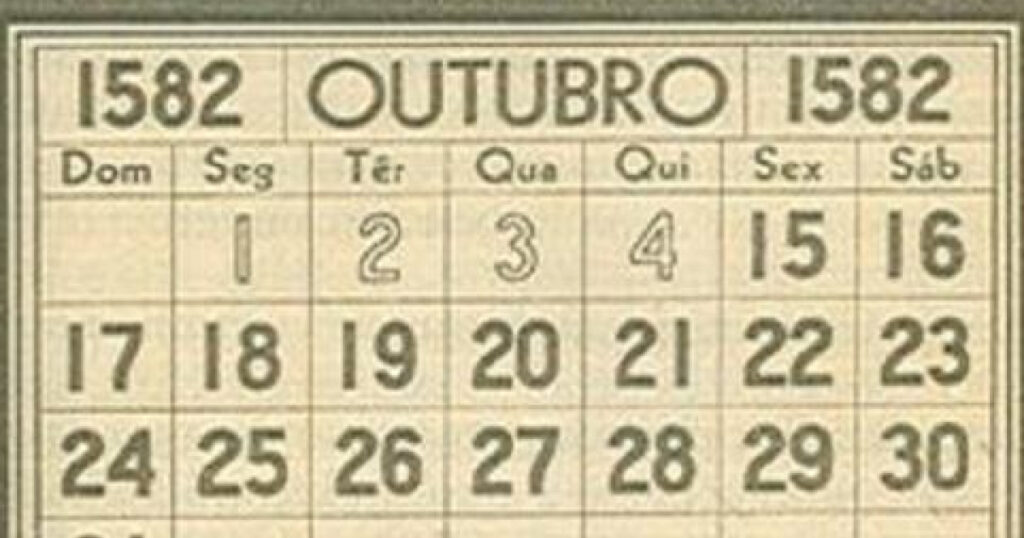In October of 1582, the Gregorian calendar was introduced by Pope Gregory XIII. This calendar reform was implemented to correct the inaccuracies of the Julian calendar, which had been in use since Roman times. The Gregorian calendar made adjustments to the length of the year and the leap year rules, resulting in a more accurate system for tracking time. As a result of this reform, October of 1582 had several days that were skipped to align the calendar with the solar year.
October of 1582 was a unique month due to the calendar reform. In most Catholic countries, the days from October 5 to October 14 were omitted in order to transition from the Julian calendar to the Gregorian calendar. This meant that October 4, 1582, was followed by October 15, 1582. This adjustment was necessary to bring the calendar in line with the seasons and prevent further drift in the calendar year. The Gregorian calendar is still in use today and is the most widely used calendar system in the world.
Calendar Of October Of 1582
Conclusion
The calendar reform of October 1582 was a significant event in history that had a lasting impact on how we measure time. The introduction of the Gregorian calendar brought about a more accurate system for tracking the passage of time and aligning the calendar with the solar year. While the adjustment may have caused confusion at the time, it ultimately resulted in a more reliable and consistent calendar system that is still in use today.
